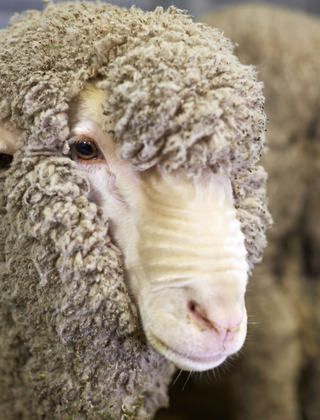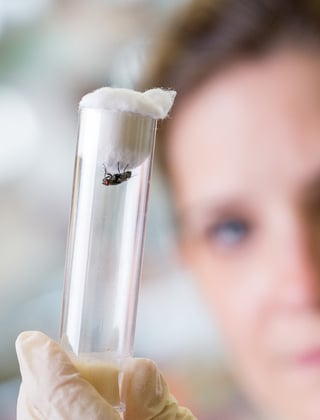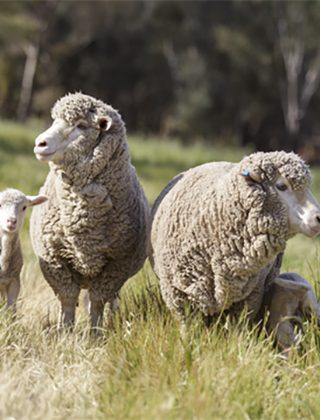Welcome to Australian Wool Innovation, a hub for the woolgrowers of Australia.
Not a woolgrower? Looking for information about wool products, wool care or wool processing?
The Woolmark Company is the global authority on wool. Visit Woolmark.com instead.
Virtual fencing pushes boundaries with technology

An AWI-supported project is under way to field test a ‘virtual fencing’ system that enables sheep, which are fitted with a GPS-enabled device, to be contained on an area of paddock without the need for normal fencing.
An AWI-supported project is under way to field test a ‘virtual fencing’ system that enables sheep, which are fitted with a GPS-enabled device, to be contained on an area of paddock without the need for normal fencing.
Virtual fencing is an animal-friendly fencing system that enables livestock to be contained (or moved) without the need for conventional ‘visible fences’.
A virtual fence is an invisible line in the landscape that can be created on a map on a computer/tablet – and moved or erased at the farmer’s touch. Animals wearing a GPS-enabled device are warned of the presence of the ‘invisible fence’ through an audio cue from the device and learn to respond to this. If the beep is ignored, the device delivers a short, mild electric pulse.
There has been significant industry interest in the development of virtual fencing systems due to their potential benefits that include:
- increased productivity and profitability through improved feed utilisation and better matching of animal demands to feed supply and quality
- improved environmental and sustainability outcomes such as reduced overgrazing and better weed control and nutrient management
- improved labour efficiencies and reduced capital investment in real/visible fencing.
CSIRO is carrying out a series of virtual fencing trials for cattle and sheep, with support from AWI and GRDC. The aim of the AWI investment is to be able to apply virtual fencing to sheep using a system similar to the now commercialised eShepherd neckband that has been developed for cattle by CSIRO and Gallagher.
However, it has been identified that a neckband on its own is not a practical option for sheep due to the growth and insulating properties of wool. Therefore, investigations into the practicality of a virtual fencing ear tag are now being conducted by CSIRO.
An initial study found that learning responses to stimulus applied through ear devices were similar to application via a neckband. It was effective at keeping sheep out of a prescribed area in a paddock and sheep return quickly to grazing after experiencing the virtual fence.
Development by CSIRO is now under way to fully automate the process in GPS-enabled devices for sheep, to allow larger scale sheep trials to be carried out on mixed farms with larger sheep numbers and longer trial periods for more intensive grazing pressure.
The challenge will be to develop an ear tag system, incorporating both electrical stimuli and audio cue, that is practical and viable in a commercial environment.
This article appeared in the March 2022 edition of AWI’s Beyond the Bale magazine. Reproduction of the article is encouraged.
















